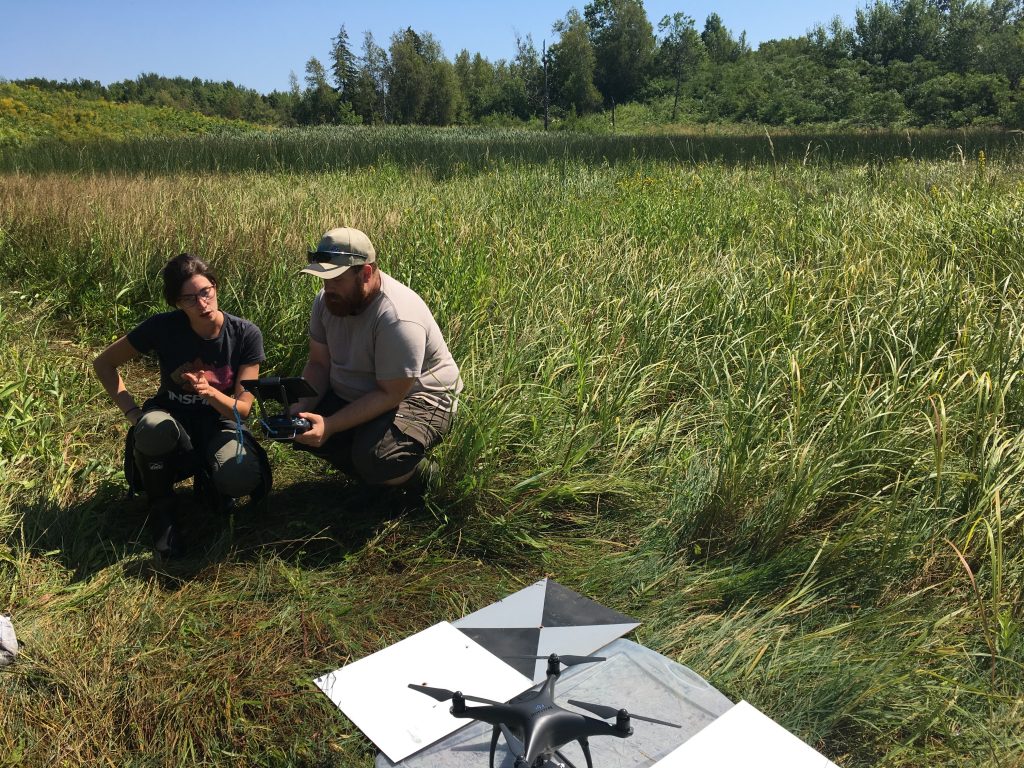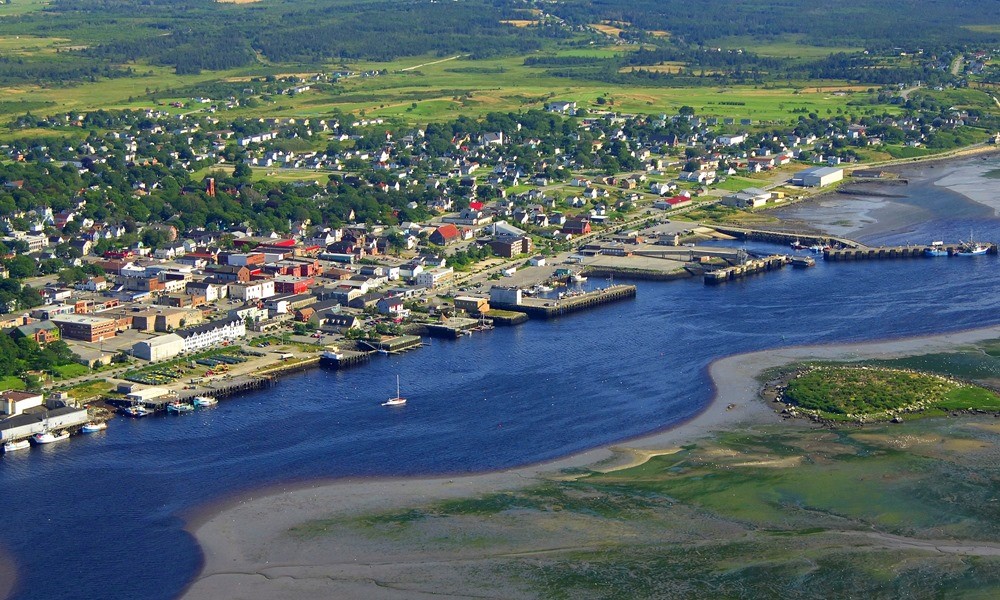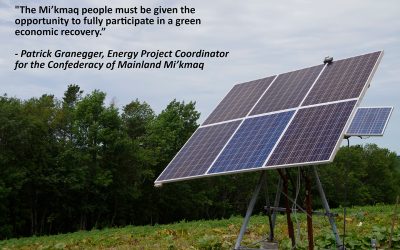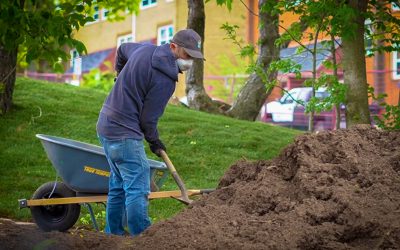Restoring Coasts as Part of the Clean Recovery
Our coasts are vitally important to Nova Scotia. Like our kitchen parties, our temperamental weather, and our dogged resilience in the face of heartbreak and tragedy, our coasts are a part of who we are. They are places for scenic hikes, sunset paddles and evening lobster boils, and a key draw for tourists eager to take in Nova Scotia’s rugged natural beauty.
Less is known about the extraordinary value of our coastal systems to our economy, and to our future. They are a massive resource, in the literal sense: if you were to unwind Nova Scotia’s coastline it would cover the distance from Halifax to Hong Kong. Unfortunately, many of our coastal ecosystems like salt marshes and estuaries have been destroyed or severely damaged by centuries of development.
And as we emerge from the first wave of Covid-19 and ask ourselves how we want to steer the recovery of our battered economy, we believe that the restoration of our coasts is essential to driving an economic recovery and protecting us from climate change.
Why We Need Healthy Coasts
The value of our coasts for recreation and tourism is well recognized. We may not realize it, but healthy coastal ecosystems are also the foundation for much of Nova Scotia’s fishing industry. John Brazner, Ecosystem and Habitat Specialist with the Nova Scotia Department of Lands and Forestry explains that “the nutrients and energy produced in salt marshes feed our coastal fisheries.”
Coastal ecosystems also serve as a shield against the perils of a changing climate such as more frequent and severe storms. Tidal wetlands provide protection against the most damaging consequences of hurricanes by slowing down storm surges and reducing flooding. The value of this protection is immense; scientists from the University of California, Santa Cruz estimated that coastal wetlands along the eastern seaboard of the United States prevented more than $625 million USD in direct property damage from Hurricane Sandy’s destructive path up the coast in 2012. And in between severe storm events, coastal systems continue to offer protection against more routine flooding; the same researchers found that every year coastal wetlands reduced property losses from flooding, sometimes by as much as 70%.
In addition to protecting coastal infrastructure from the risks of a changing climate, coastal ecosystems have another remarkable property that may also prove key in helping us combat climate change. Coastal ecosystems like mangrove forests, tidal marshes and seagrasses actually remove carbon from the air and sequester it, a property, known as ‘blue carbon’. In fact, coastal ecosystems store more carbon dioxide per hectare than forests and retain that carbon for longer because they sink most of it into the soils instead of above-ground biomass. Undisturbed, some wetlands can sequester carbon for millennia.

A salt marsh within a community around Tatamagouche that is valued for its beauty and wildlife. It is also an example of a marsh that is protecting infrastructure and storing carbon.
So, investing in our coasts is an investment in Nova Scotia’s future; in its recreational and tourism sectors, in the continued health of our fishing industry, in the security and resilience of our coastal communities against increasing risks from flooding and storms, and in helping to mitigate the changing climate by sinking excess atmospheric carbon.
Coastal Restoration as an Economic Driver
Our own experiences have highlighted the scale of the work to be done, and the wealth of skills and opportunities available in this sector of the blue economy. In 2017, we began restoring coastal habitat along the Northumberland Strait with funding provided by Fisheries and Oceans Canada. As part of this project, we have worked with archaeologists, restoration practitioners, Indigenous rights-holders, geospatial scientists, biologists, engineers, construction contractors, web designers, film-makers and engagement specialists, to name a few. This one project has created 10 new jobs and allowed us to contribute $580,000 to dozens of Nova Scotian businesses.
The techniques we can use to restore coastal ecosystems are myriad, ranging from small-scale efforts carried out with shovels, to mid-size projects like replacing under-sized or failing culverts, to large-scale projects like shifting roadways and agricultural dykes and building bridges.
One example of the multi-disciplinary restoration techniques we have employed in partnership with local restoration experts like CBWES Inc. is a culvert-to-bridge replacement at Marshall’s Crossing in Pictou County. Through this work we re-opened blocked tidal flows between the ocean and the upstream tidal river, thereby allowing free passage of fish, the re-growth of native vegetation and the re-establishment of healthy ecosystem dynamics.

A local construction company was hired to conduct a culvert-to-bridge replacement to address failing infrastructure that was blocking the flow of tidal water and fish passage.
What other things do we need to do to protect and restore damaged coastal ecosystems? The Government of Nova Scotia has taken an important first step in passing the Coastal Protection Act, which creates a framework to protect coasts by restricting development and activities that would further harm coastal systems, or which would put homes and businesses at undue risk from rising sea levels, erosion, storm surges and flooding. The Act itself is concise and high-level, but the Province is drafting detailed regulations that will flesh out how the restrictions on coastal development will work in practice.
In addition to development restrictions, we need to do a much better job gathering and collating data to understand how these complex systems work, where they are most impaired, and what solutions might be applied. Geospatial data gathered from drones, aircraft and even satellites can be analyzed and visualized using sophisticated software to paint a picture of ecosystem dynamics.

Cleans’ coastal restoration field team using a drone to capture imagery and elevation data of the Northumberland Shore to help the team characterize the state and extent of salt marsh habitat in the region.
We have a great deal to learn from Indigenous peoples. Let us listen, learn, and implement ideas and techniques used for millennia to protect our shared environment. Holistic knowledge about our coasts will ensure we identify where we should act now to protect pristine areas for future generations, restore the most damaged systems, and even create new systems to restore biodiversity and buffer key coastal infrastructure.
We also need to support local settler and Indigenous communities and environmental organizations that hold unique knowledge about at-risk coastal systems and species, and are empowered to help protect, steward, and restore them.
Embracing the Blue Economy
The world has shifted. As we try to navigate our new reality and imagine the future, we have an opportunity to bring people from multiple disciplines together and look to nature and ecosystem restoration as a solution for a clean recovery that benefits the environment, the economy and our communities.



